- Space Center Houston is a leading science and space learning center, the official visitor center of NASA Johnson Space Center in Houston and a Smithsonian Affiliate museum.
- The organization is owned and operated by the nonprofit Manned Spaceflight Education Foundation, a 501(c)(3) organization.
- The center holds over 400 space artifacts, permanent and traveling exhibits, attractions, live shows and theaters dedicated to preserving the history of America's human spaceflight program.
- It has a number of significant artifact galleries.
- Photos below were taken on Sep. 2007.
Photo |
Caption |
説明 |
|---|---|---|
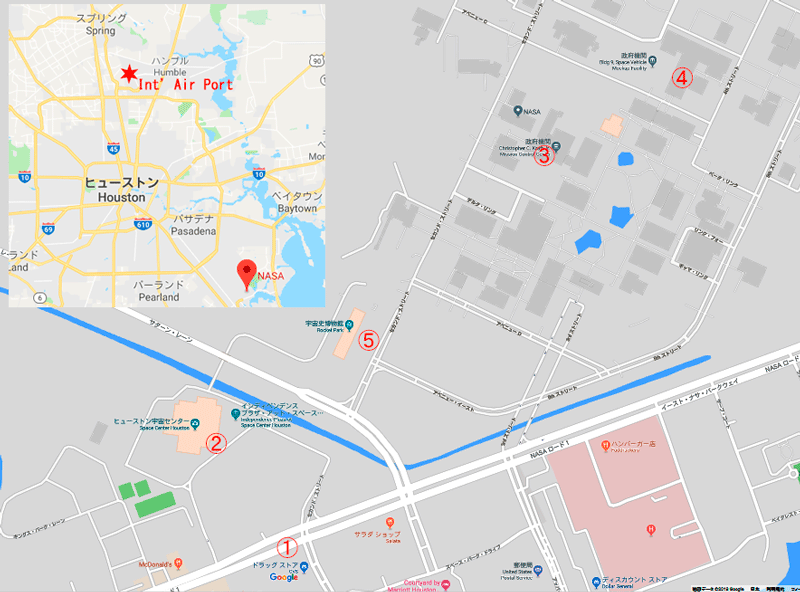

|
[ JSC Map ]This map shows some shooting points and locations of major facilities in Johnson Space Center(JSC):
|
【JSCの地図】この地図は、撮影場所と主なJSCでの主要施設の場所を示す:
|
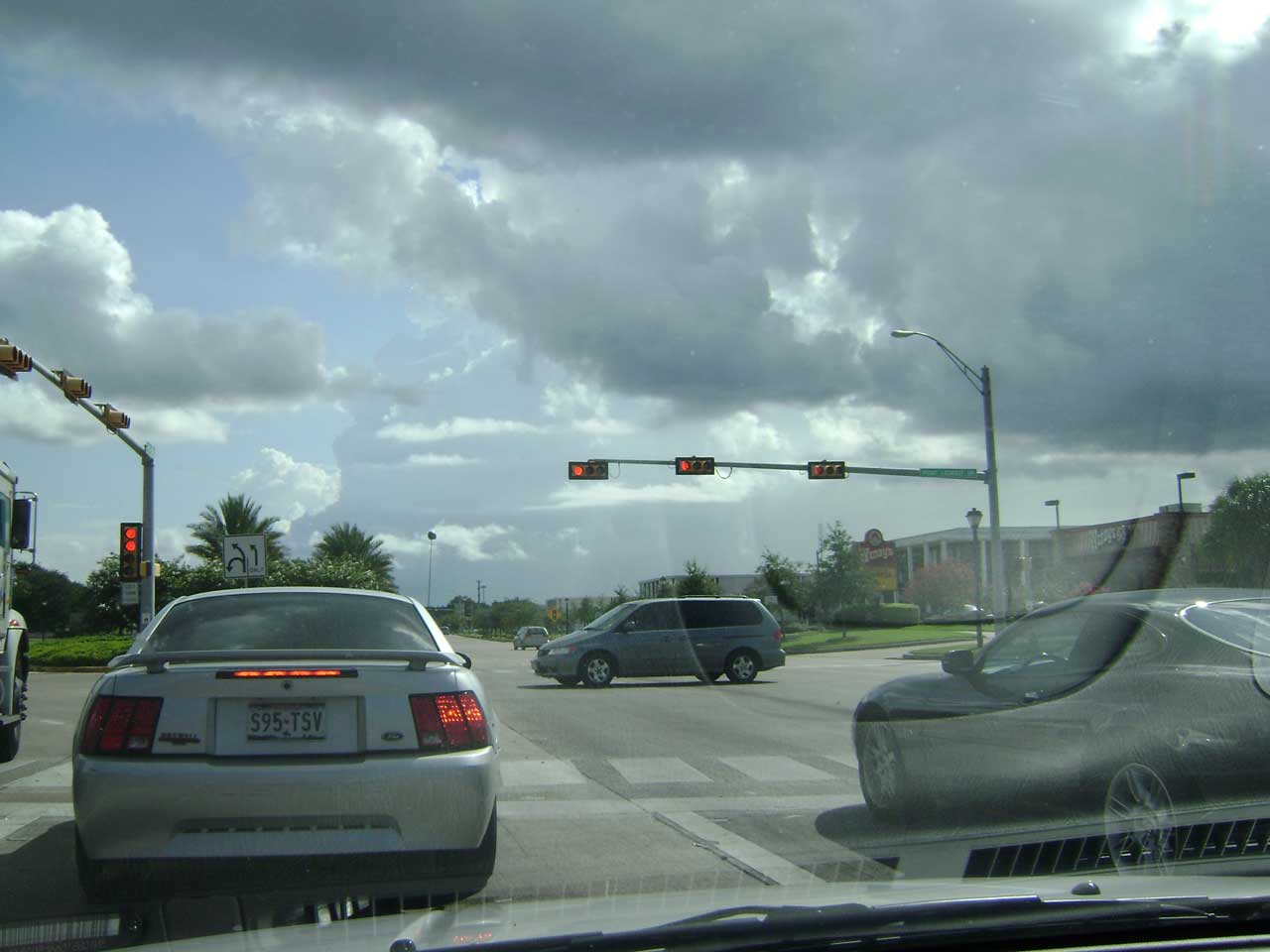

|
1. Intersection in front of JSC
|
1. JSCの手前の交差点
|
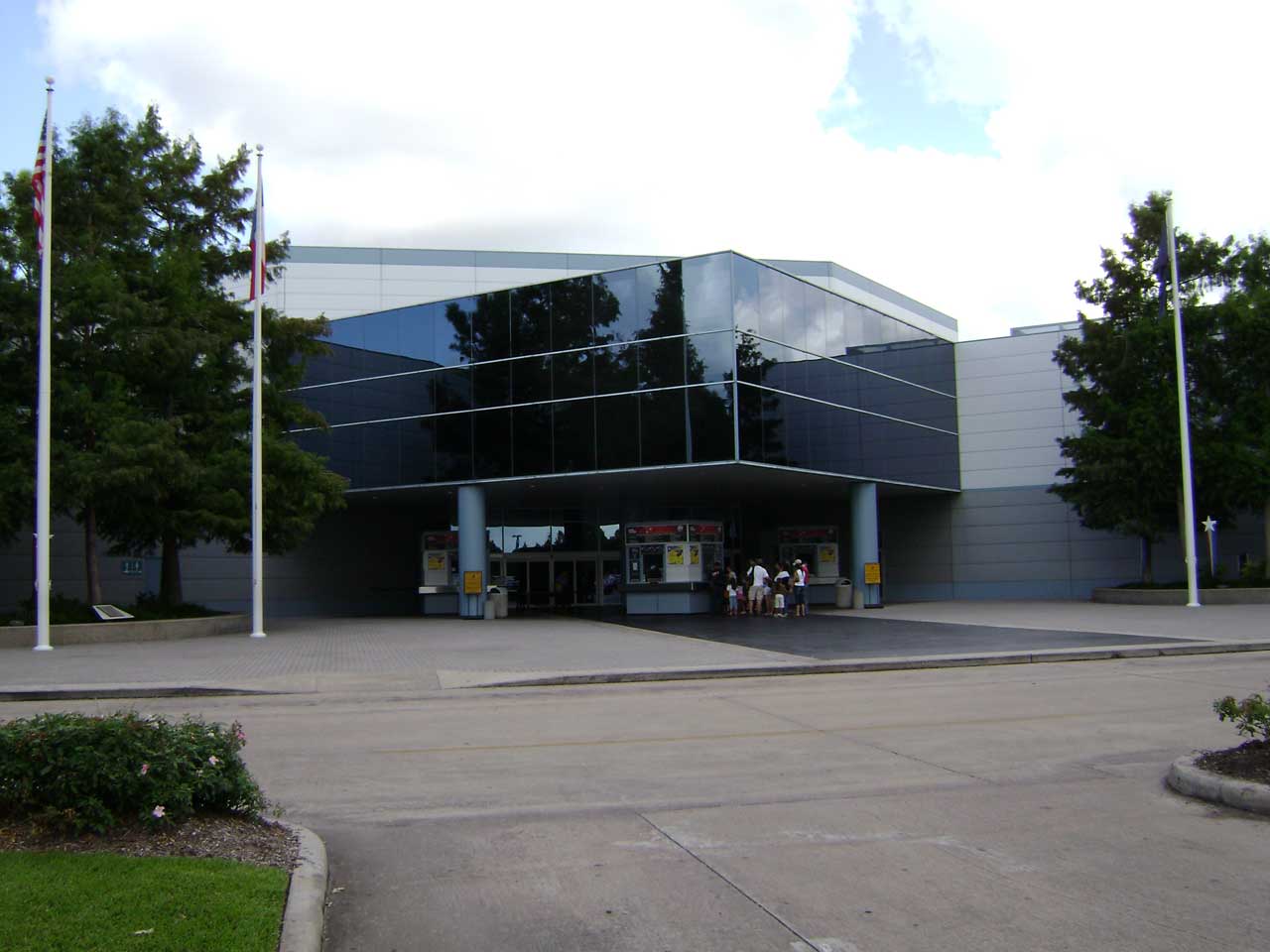

|
2. Overview of Space Center Houston
|
2. ヒューストン宇宙センタの外観
|
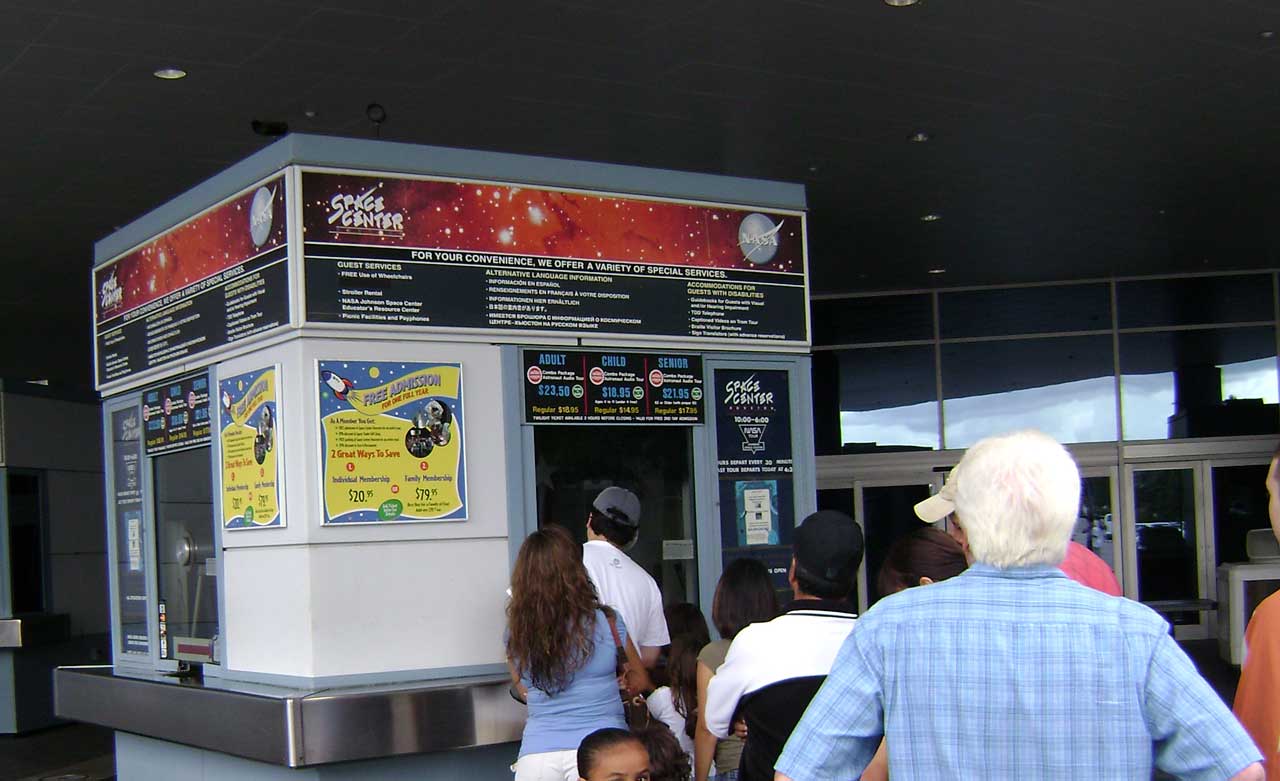

|
3. Ticket Booth
|
3.チケット売り場
|
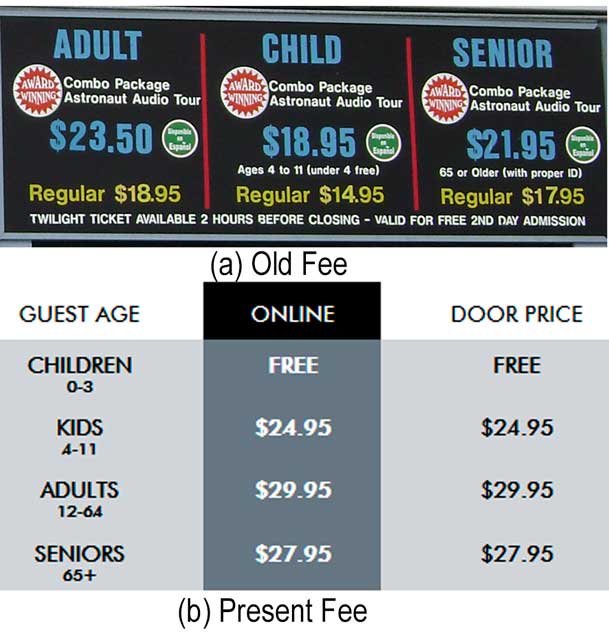

|
4. Entrance Fee
|
4. 入場料
|
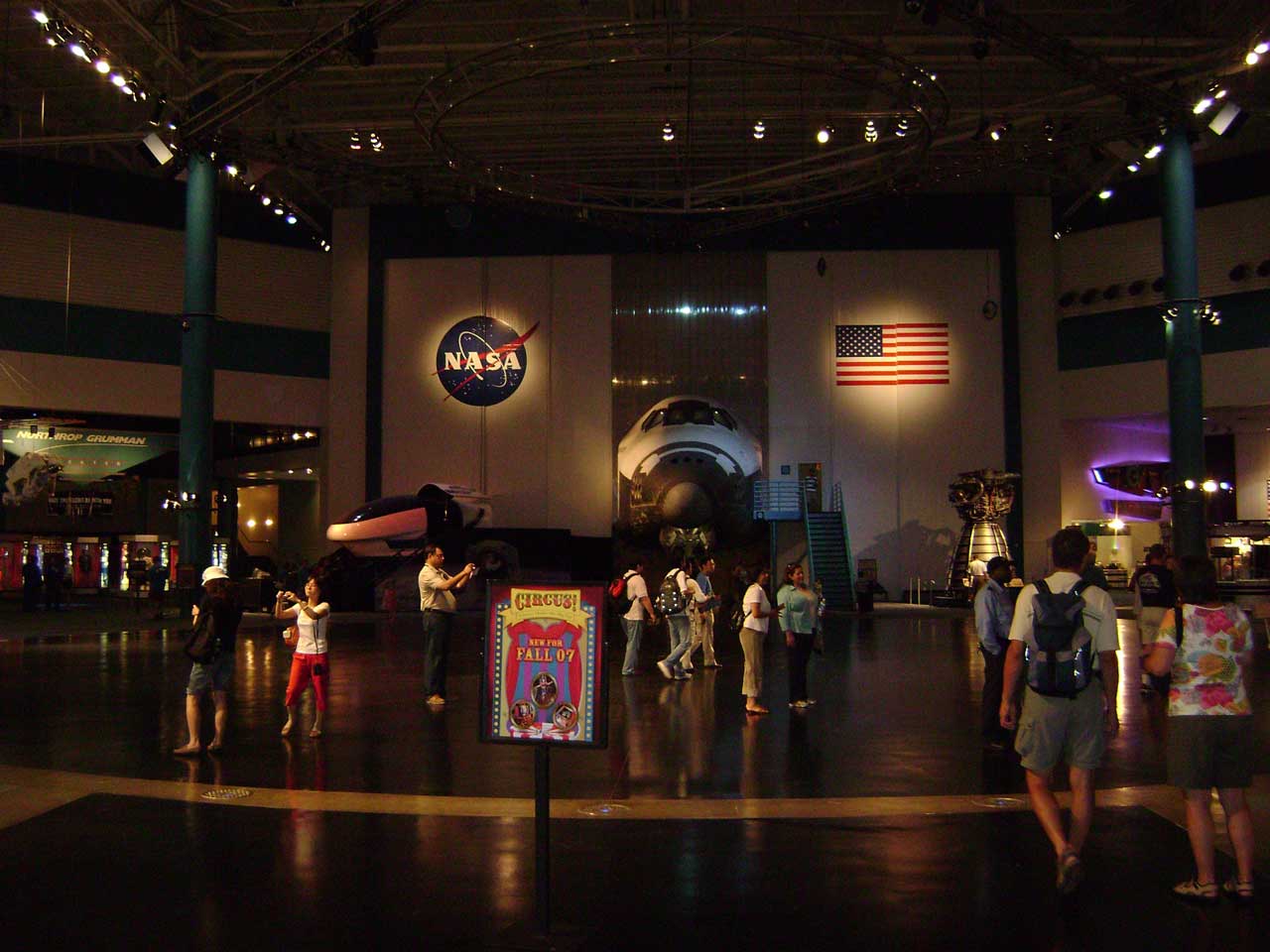

|
5. Scene just after Entering
|
5. 入場直後の光景
|
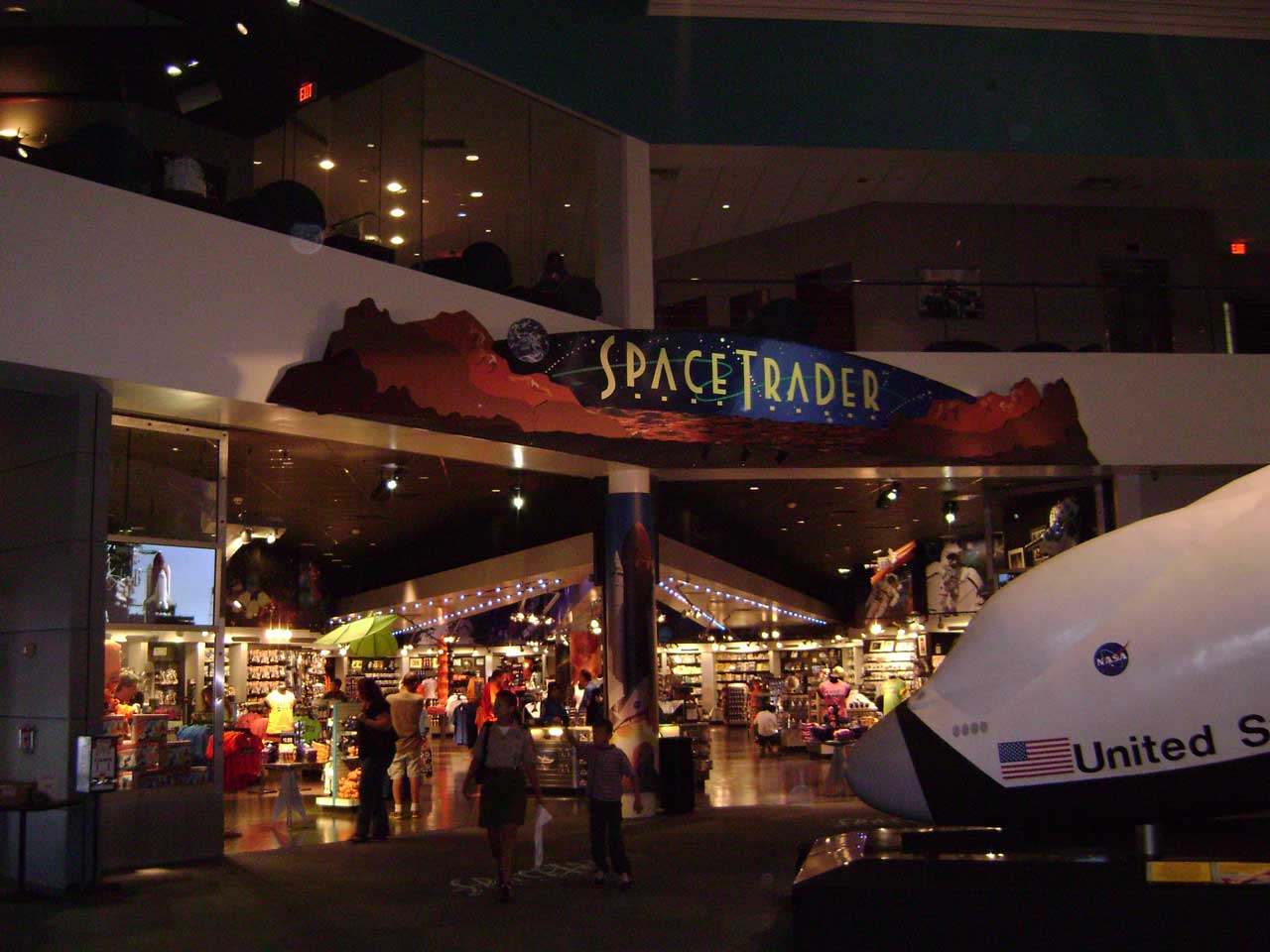

|
6. Space Trader
|
6. お土産売り場
|
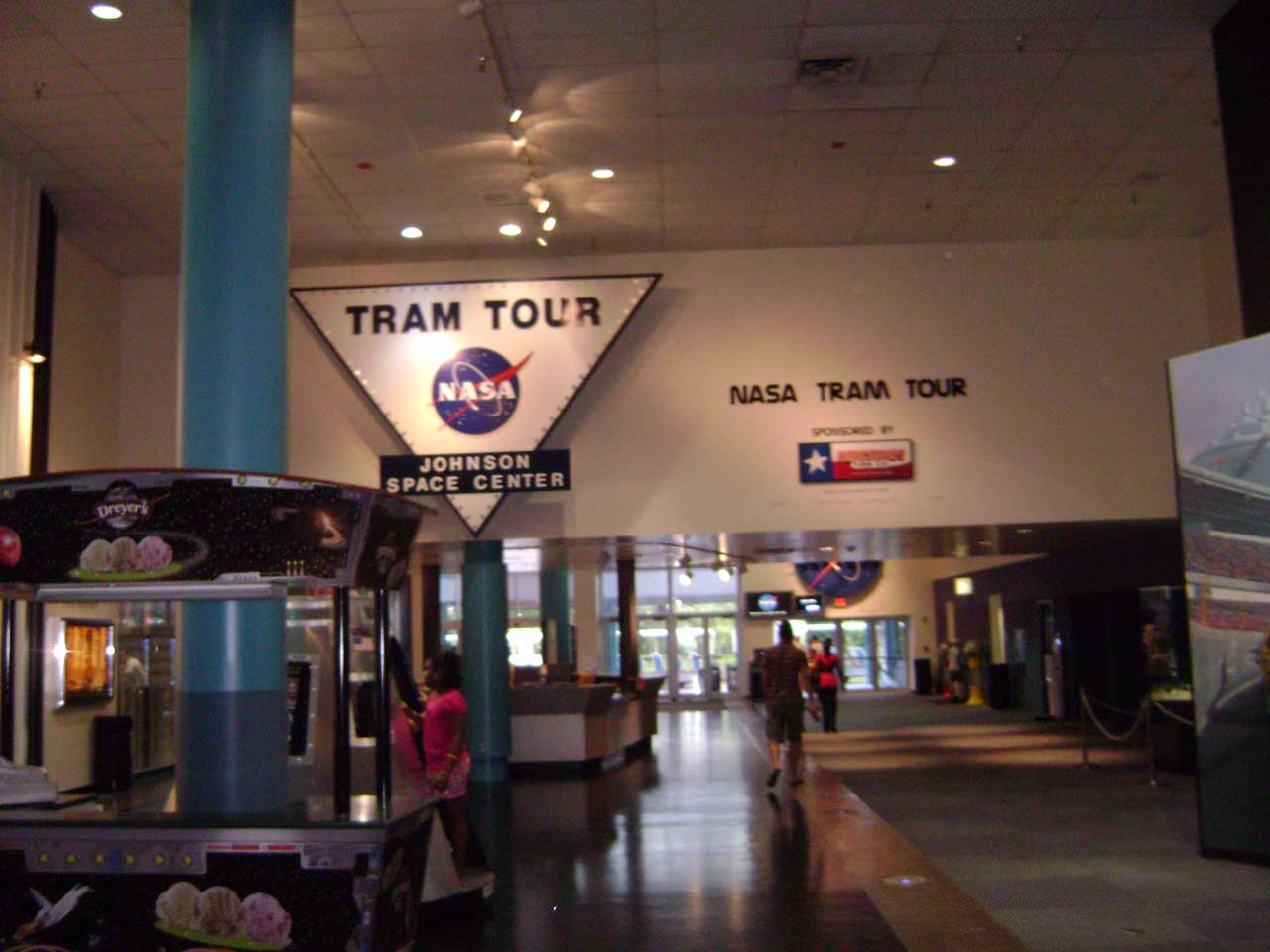

|
7. Tram Tour: Entrance
|
7.トラム・ツアー: 入り口
|
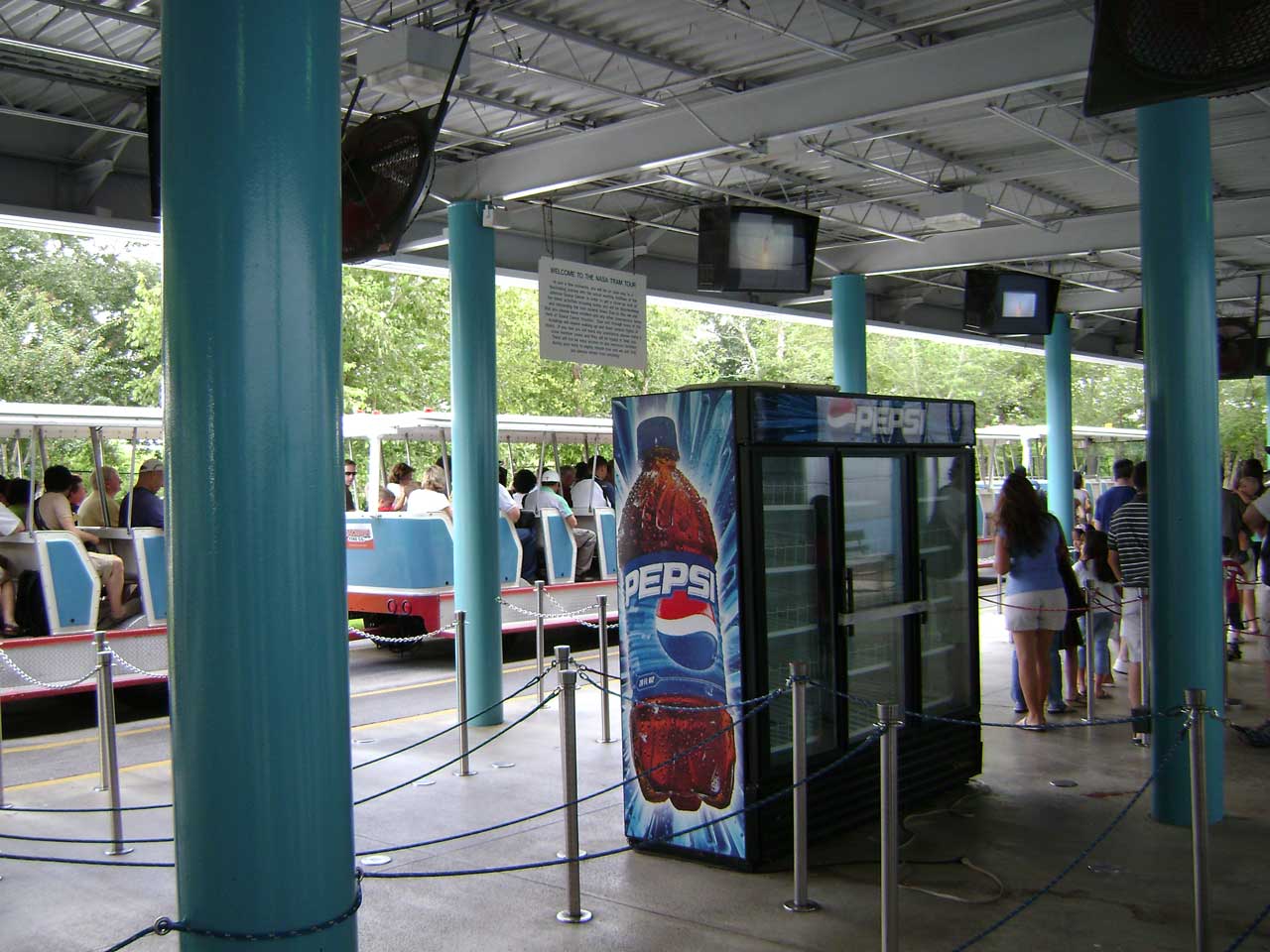

|
7-1.Tram Tour: Guideway to Tram Stop
|
7-1.トラム・ツアー:トラム乗り場への誘導路 |


|
7-2.Tram Tour: Logo |
7-2.トラム・ツアー:ロゴ
|
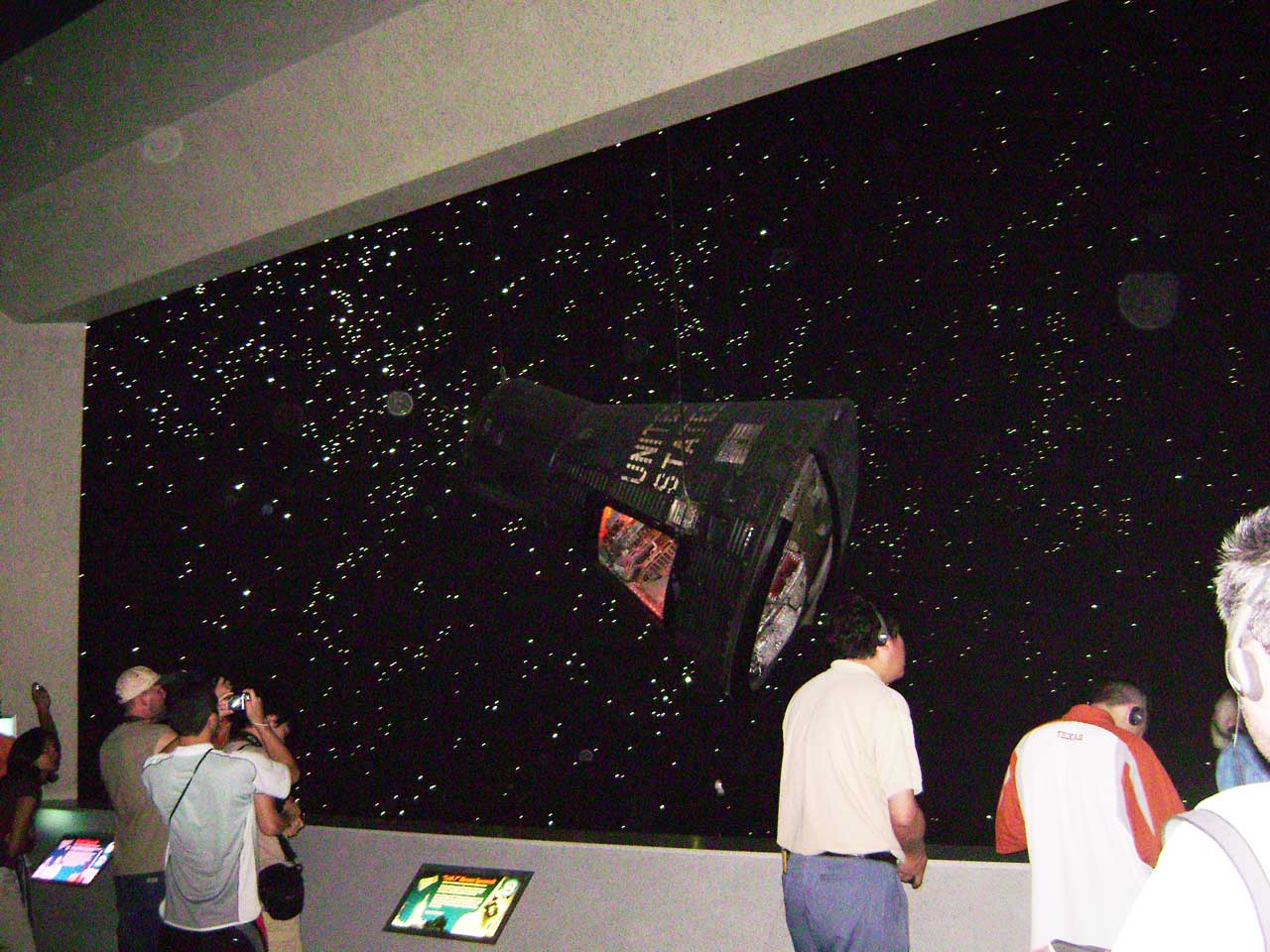

|
8. Mercury Faith-7
|
8.マーキュリー・フェイス7 |
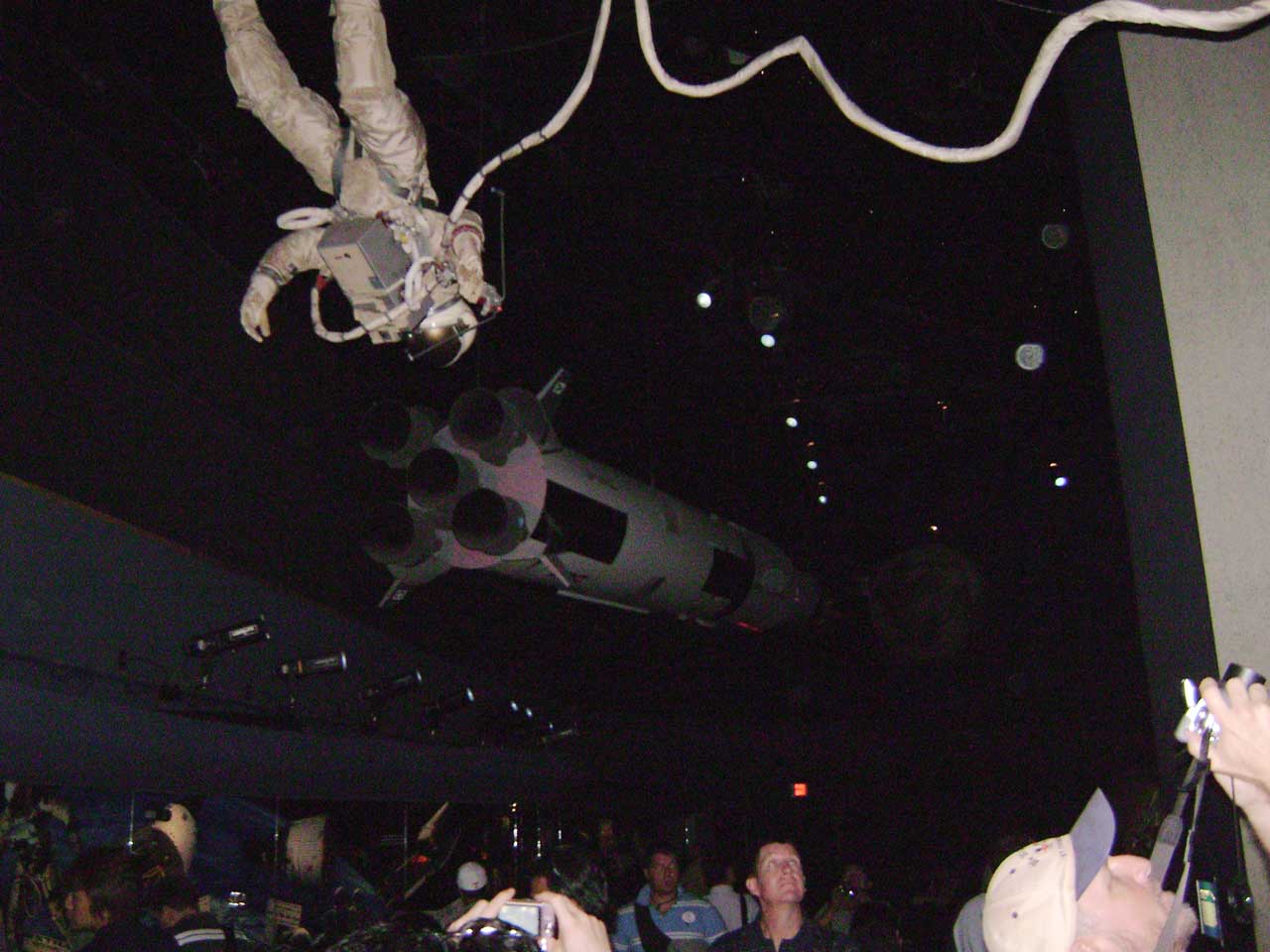

|
9.Spacewalking Astronaut
|
9. 宇宙遊泳中の宇宙飛行士 |
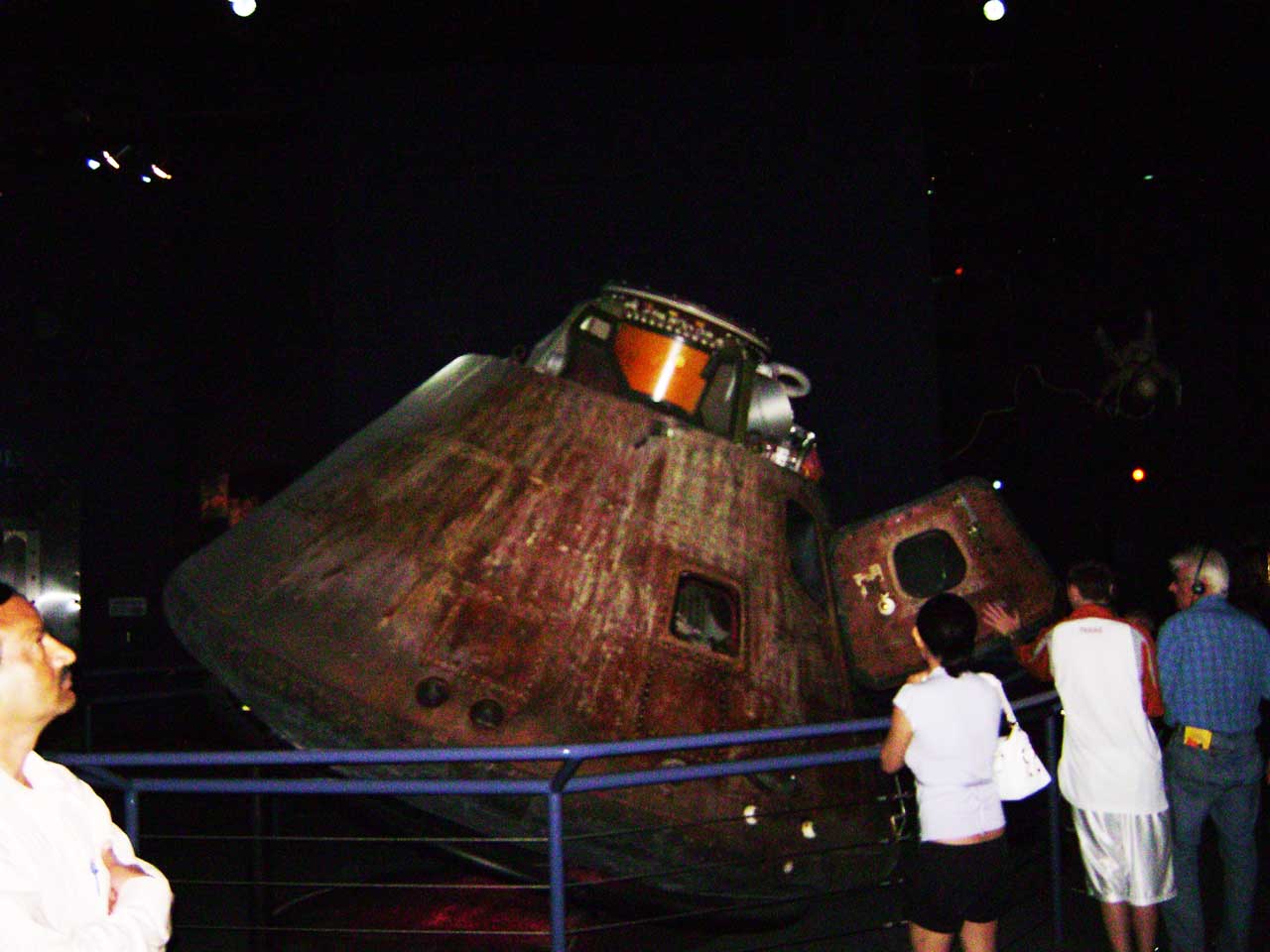

|
10.Apollo Command Module
|
10. アポロ司令船 |
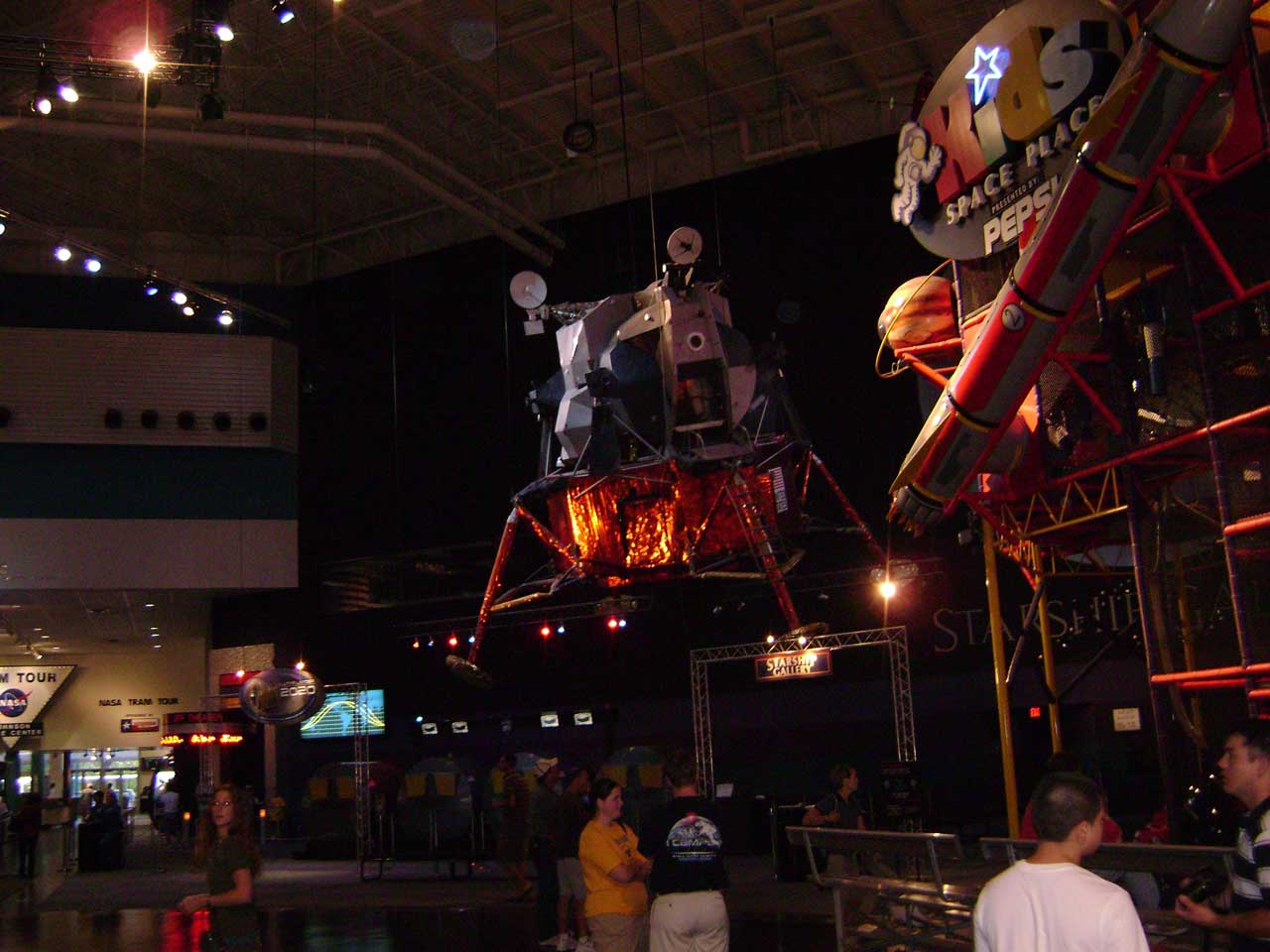

|
11. Apollo LM
|
11.アポロ着陸船
|
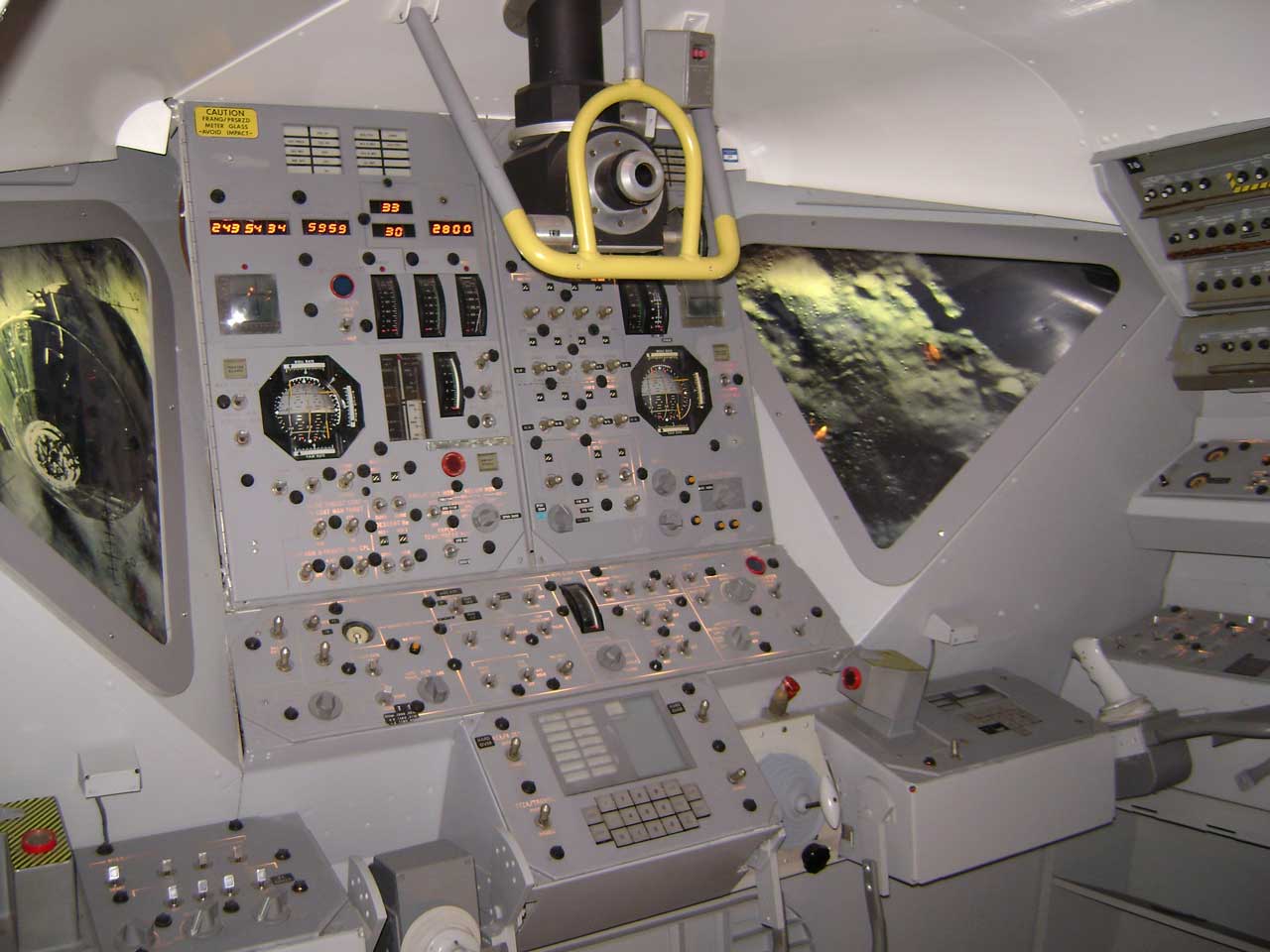

|
12.Cockpit of Apollo LM
|
12. アポロ着陸船コックピット |
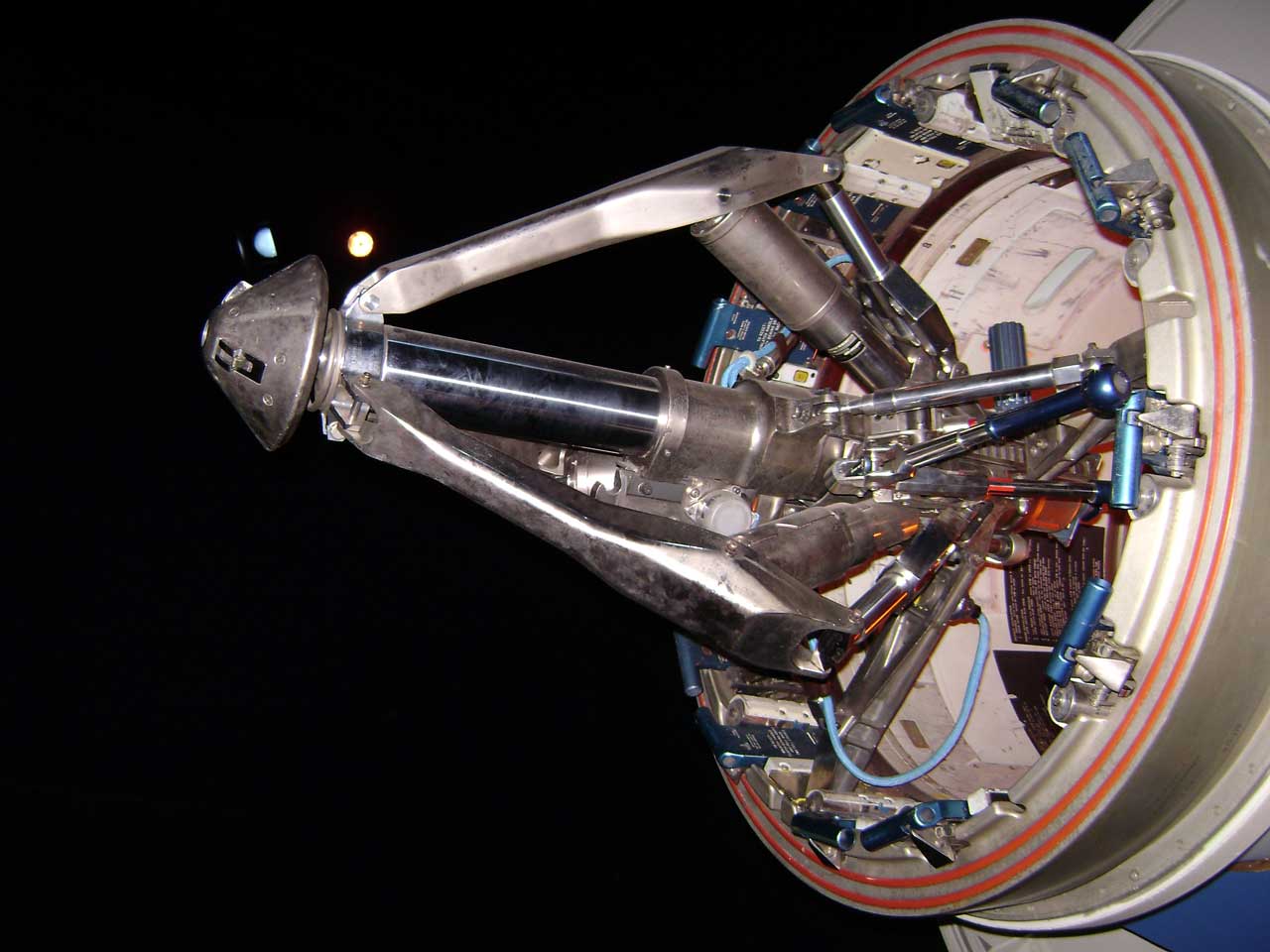

|
13. Apollo Docking Mechanism
|
13.アポロ司令船ドッキング機構 |
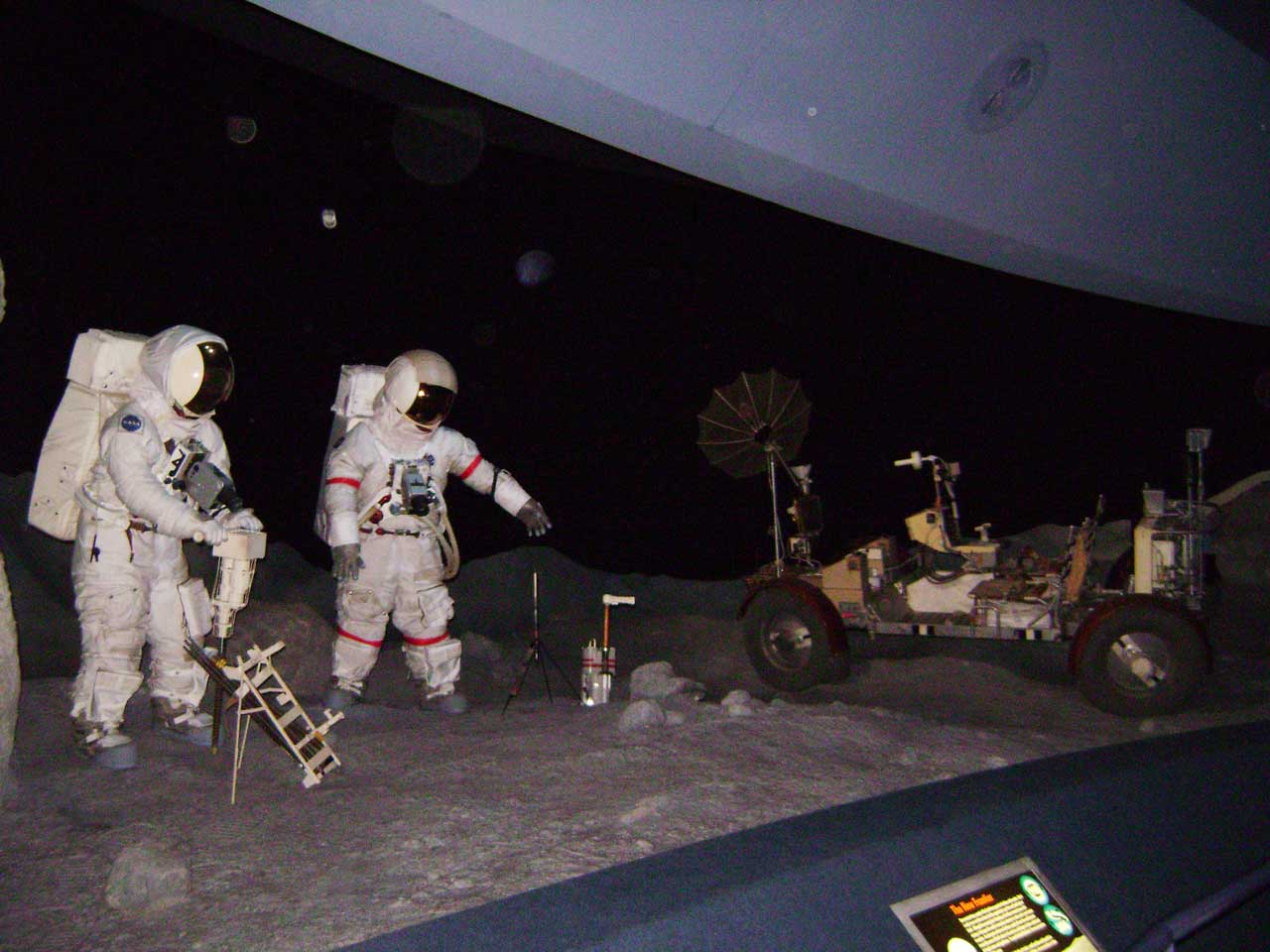

|
14.Astronauts in Moon Activity
|
14.月面活動中の宇宙飛行士 |
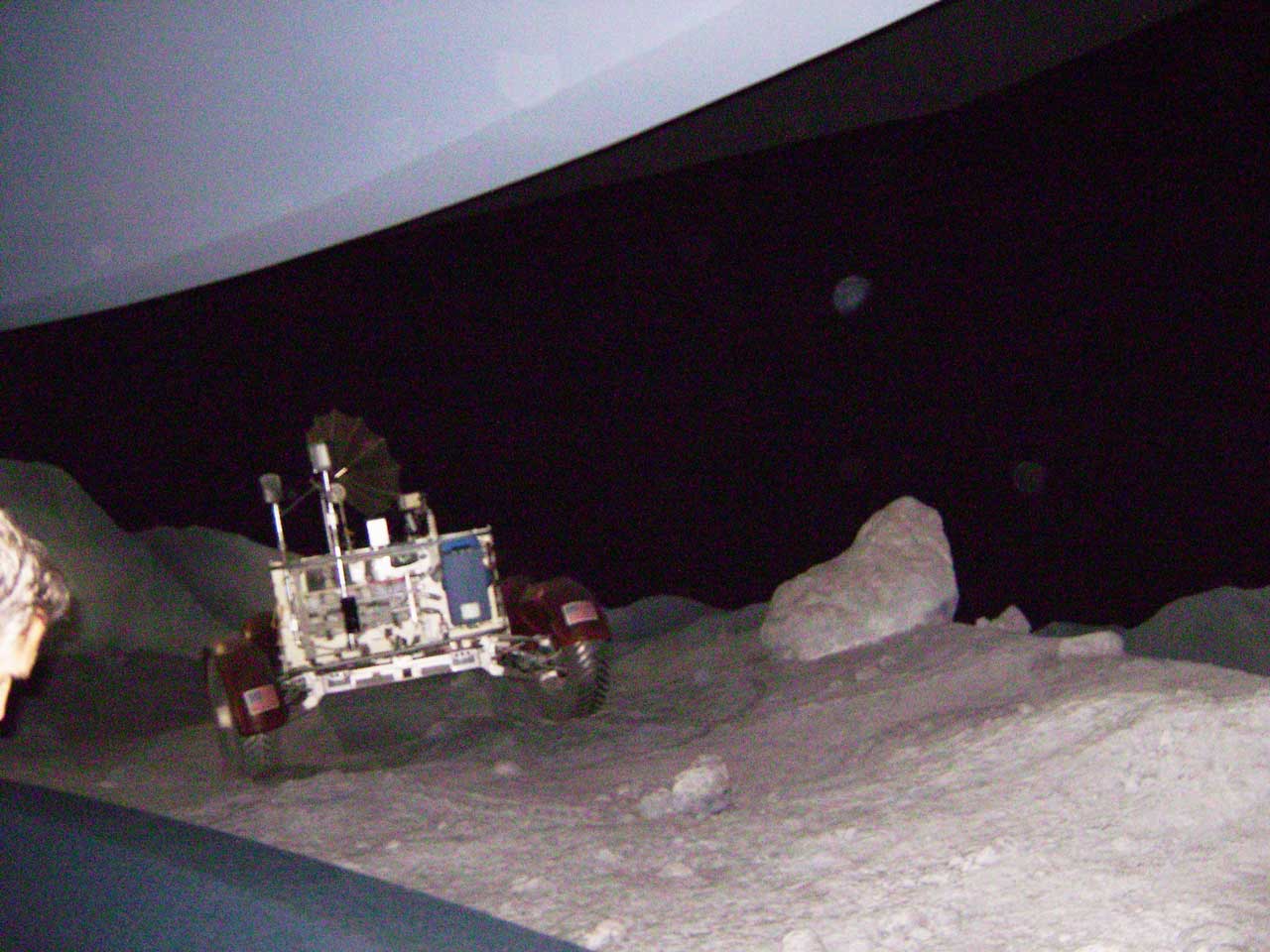

|
15.Lunar Roving Vehicle
|
15.月面探査車 |
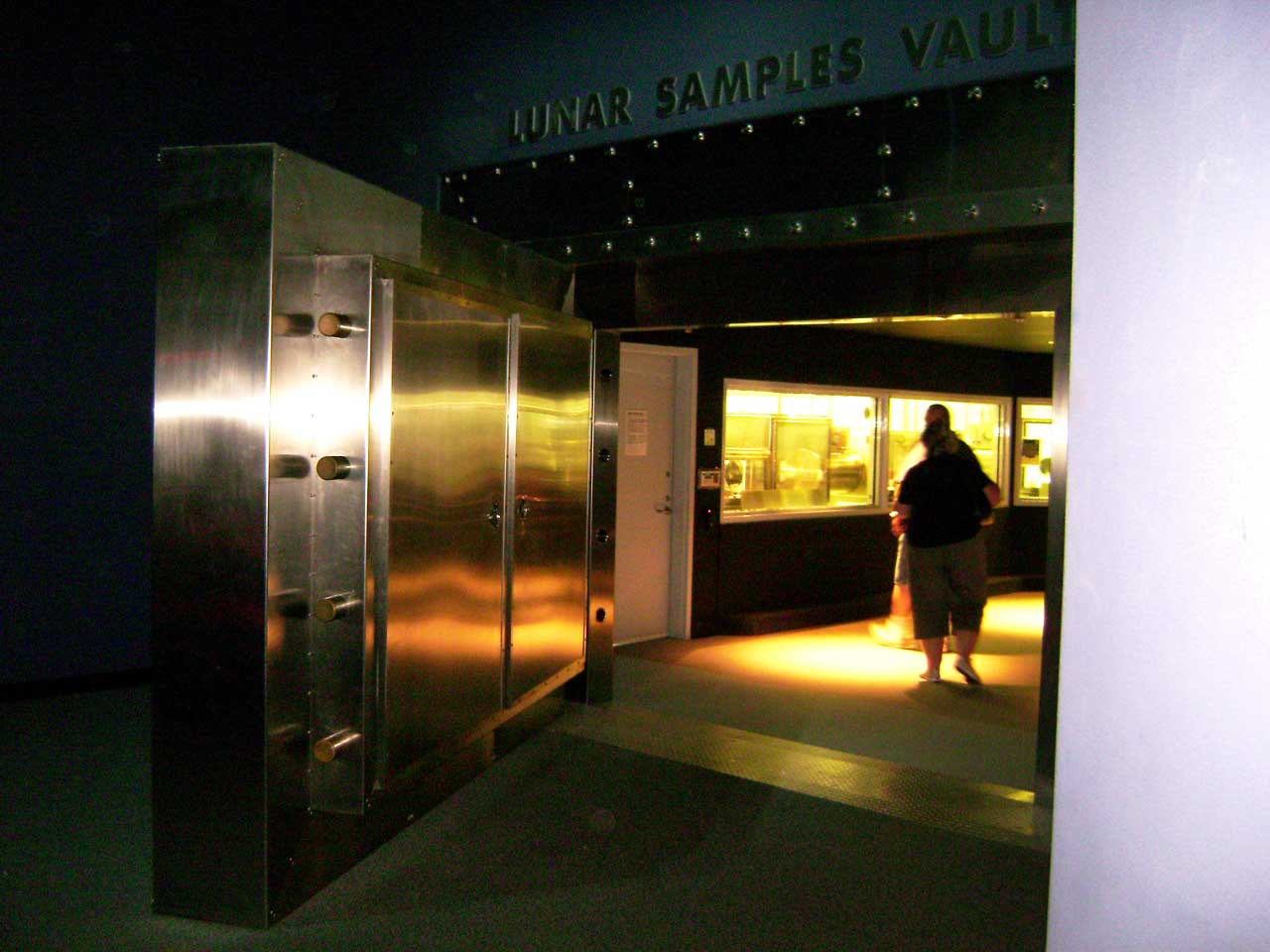

|
16.Entrance of Lunar Samples Vault
|
16. 月のサンプル保管庫 |
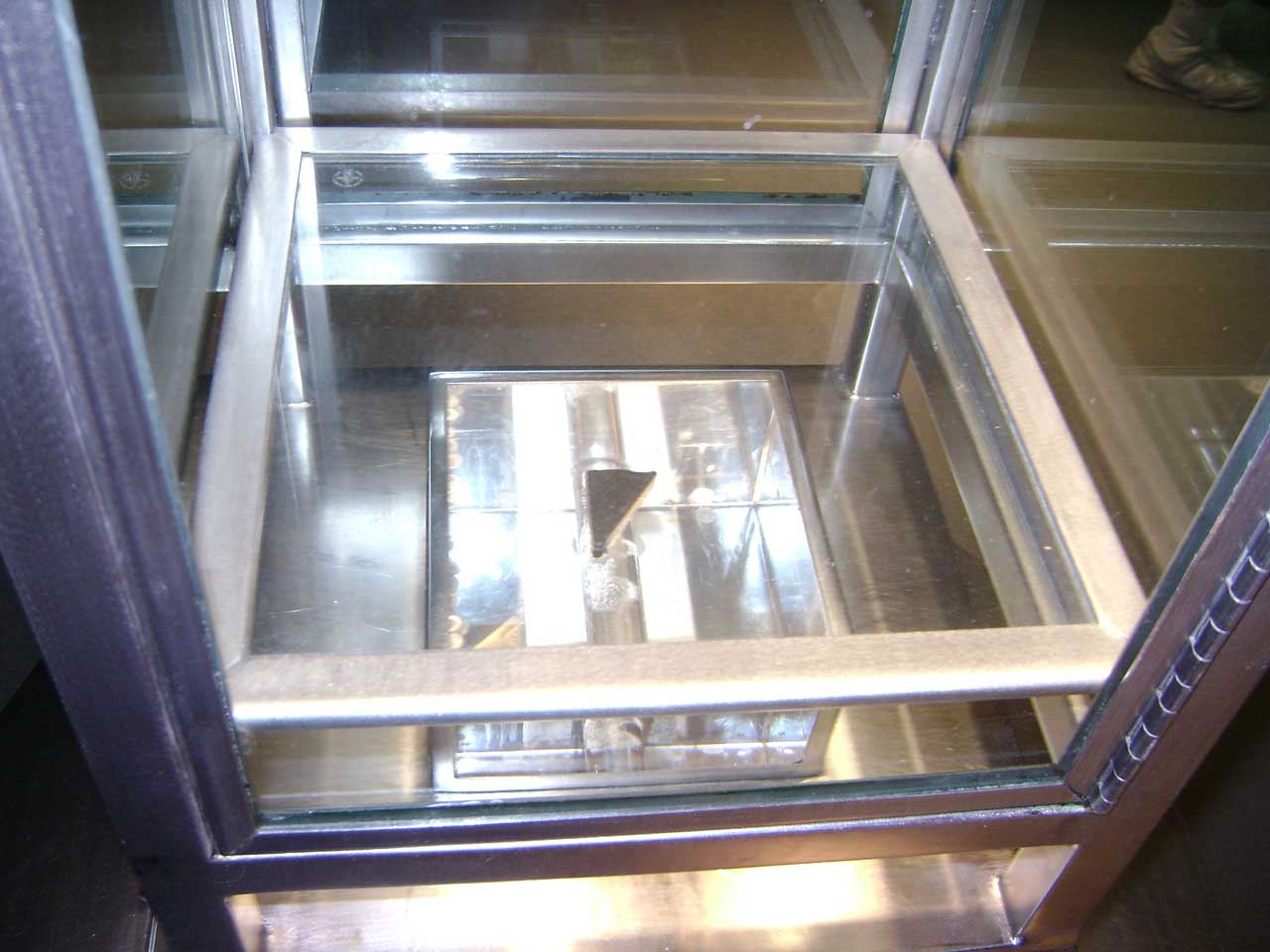

|
17. Moon Rock
|
17.月の石 |
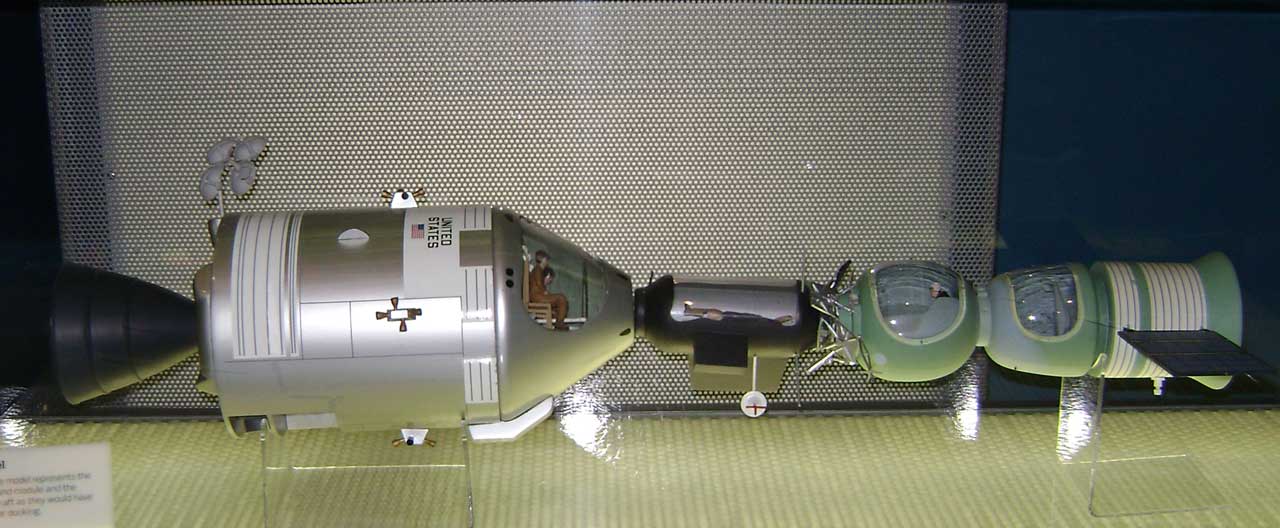

|
18.Apollo-Soyuz Test Project
|
18.アポロ・ソユーズ・テスト・プロジェクト |
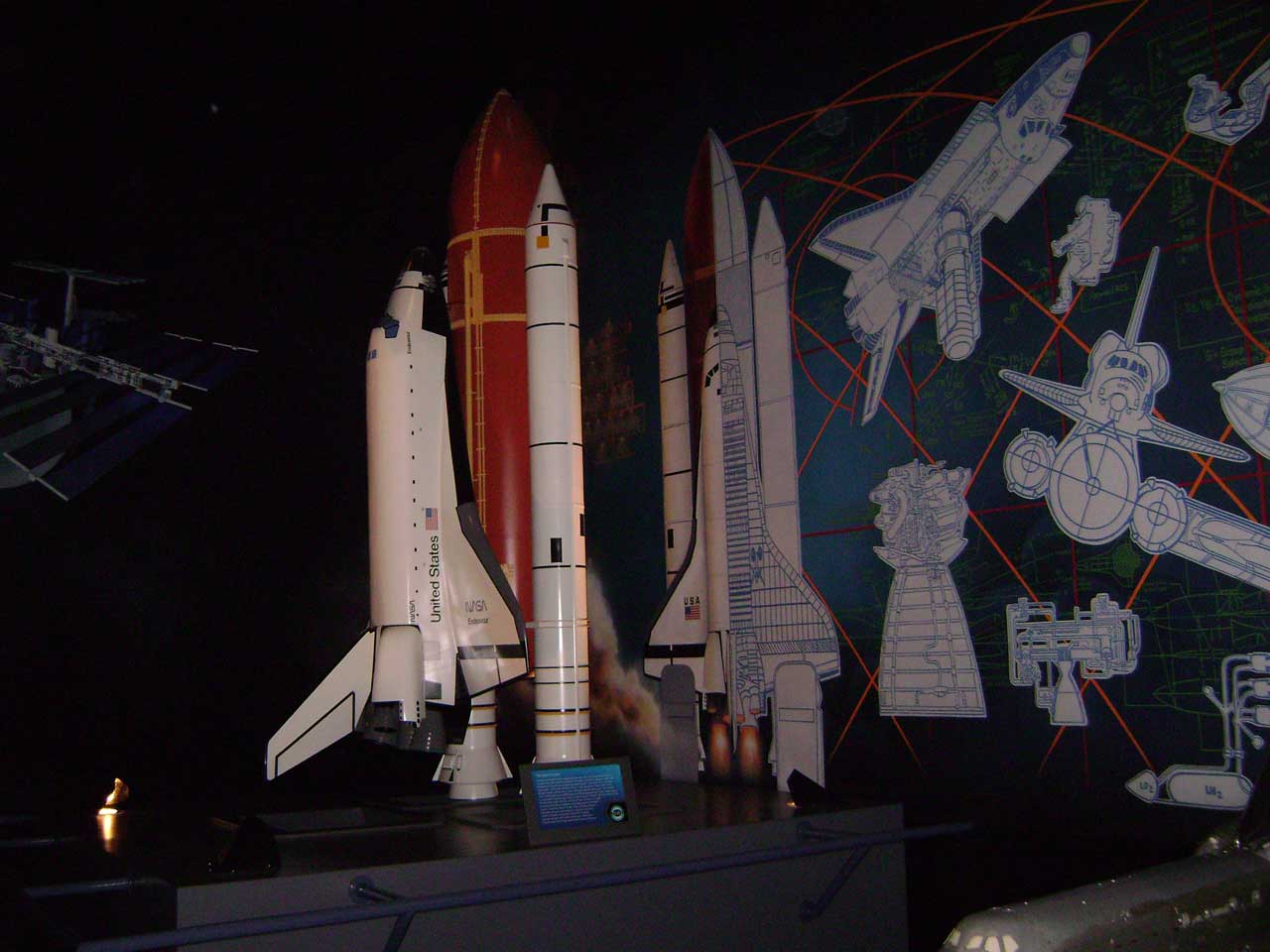

|
19. Space Shuttle Endeavour
|
19. スペースシャトル・エンデバー号 |
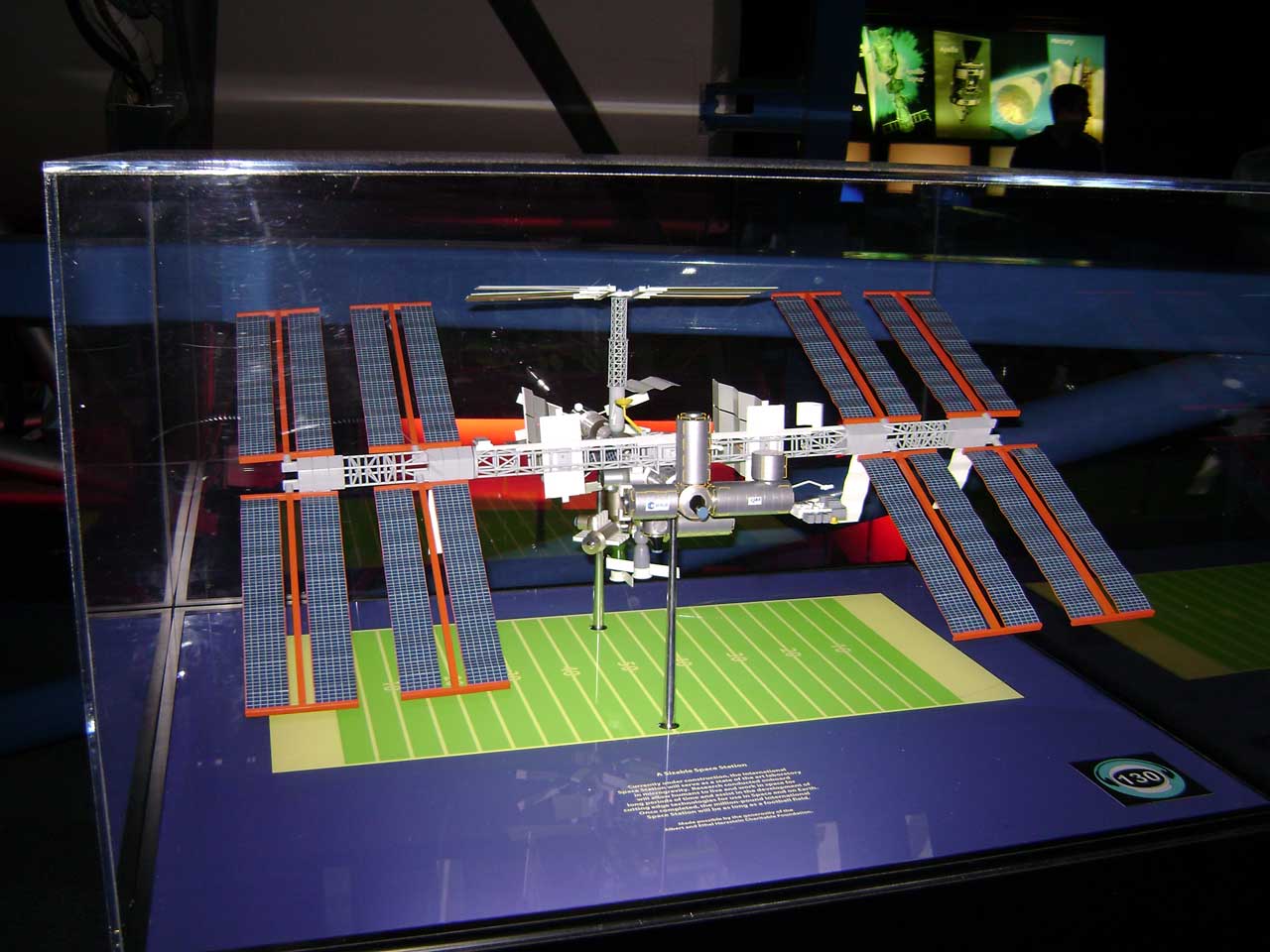

|
20.ISS
|
19.ISS |
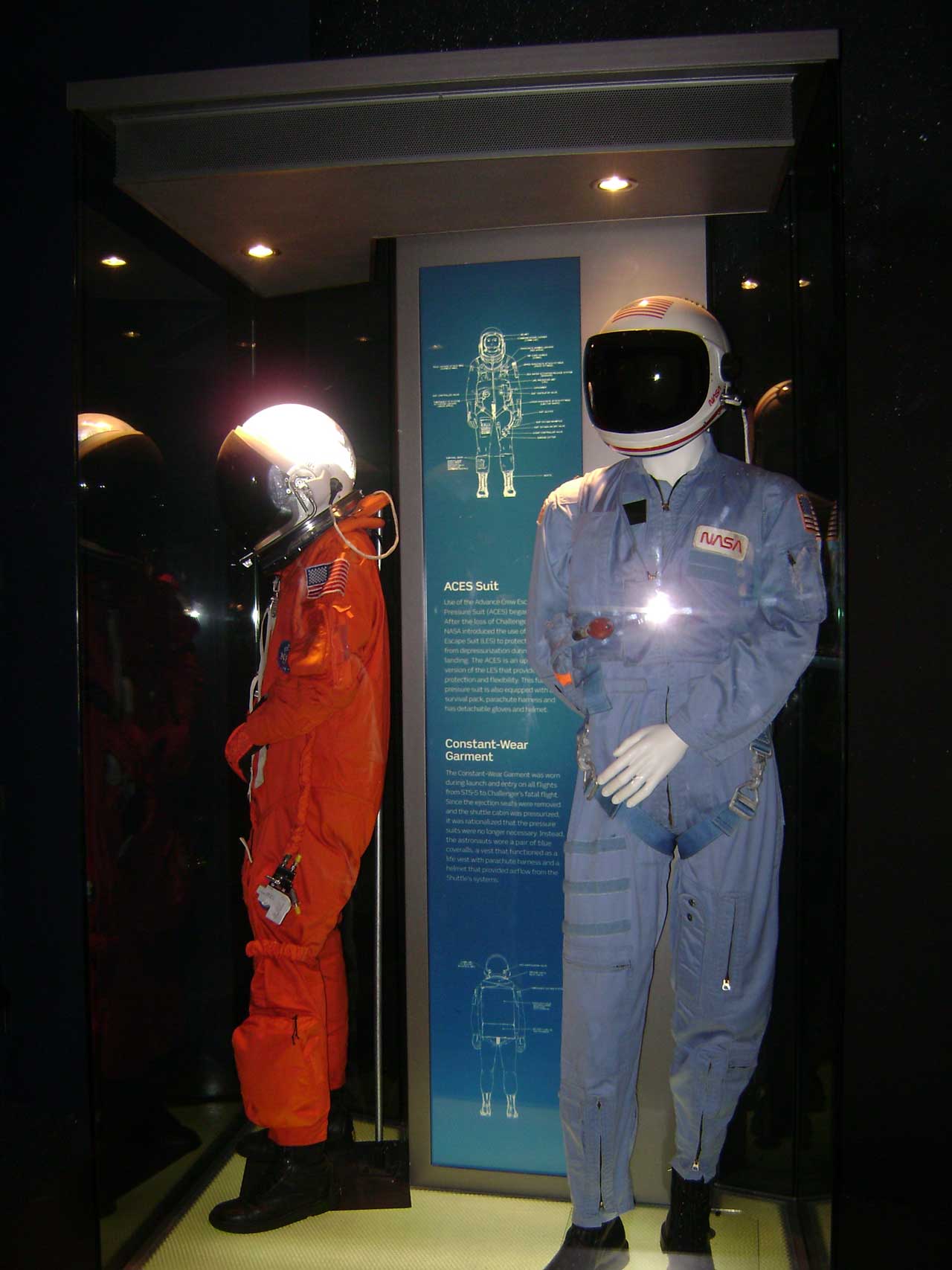

|
21.ACES Suit
|
21.アドバンスドクルーエスケープスーツ |